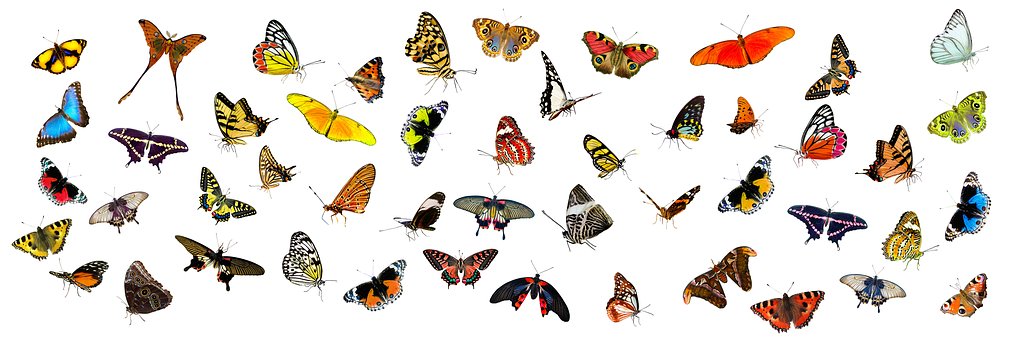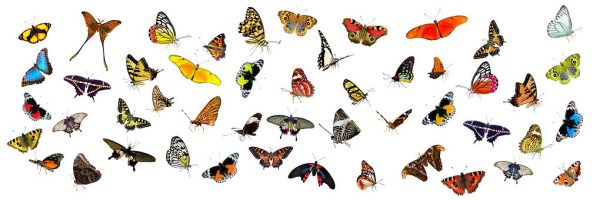Yes, as much as 1,828 butterfly species have been identified in Nigeria alone. The world as a whole has about 17,657 listed butterfly species, as given in the 2007 World Butterfly Census. What that implies is that Nigeria alone has over 10% of the entire world known species, or identified species of butterflies, at least. According to the World Wide Fund for Nature (WWF), an international non-governmental organisation, the eco-region that straddles the Cameroon-Nigeria border is especially rich in forest butterfly species due to the favourable microclimate there.
Nigeria’s Diverse Species: Plenty but Still behind Others
There has been a fun fact that Nigeria has the largest or most numerous species of butterflies in the world. That claim, however, has not been backed up with sufficient fact and empirical evidence to strengthen that argument. Few factors that could be attributed to this doubt is the inadequate record keeping with regards to data collection on the species of butterflies. Another is due to the fact high urbanization of many areas is a contributive factor in reducing the number of the species found in the regions where these butterflies are found in Nigeria. A third factor owes to habitat destruction due to some anthropogenic activities. These activities are causative to butterflies’ fast disappearance and well prevalent threat to their survival.

Whatever the case may be, it has been stated with facts and figures that though Nigeria has a significant number of Butterfly species, it is however well behind in the numbers that clamour for the crown of the ‘Nation with the most diverse species of butterflies’. For example, Nigeria’s neighbour, Cameroon has more species on the checklist than Nigeria with 2,173 species of butterflies. But this count is still less than half the almost 4,400 species of butterflies listed by the Tropical Andean Butterfly Diversity Project for the five tropical Andean countries of Venezuela, Colombia, Ecuador, Peru and Bolivia.
Though Nigeria’s abundance of butterflies is not contested, especially near its border with Cameroon. A checklist by the African Butterfly Research Institute shows 1,828 butterfly species have been identified in the country. Statistically, however, Peru specifically has the largest diversity as it has a wide range of habitats, ranging from deserts to rainforests and cloud forests. Contrary to the Nigerian claim of having the most diverse species of butterflies, there are 4,300-5,500 species of butterflies (Lepidoptera: Papilionoidea) recorded from Peruvian axis, which is more than in the whole of Africa.”
Of the about 1,828 species found in Nigeria, about 50 are endemic. The word “endemic” or “endemism” means the ecological state of a species being unique to a defined geographic location, such as an island, nation, country or other defined zone, or habitat type; organisms that are indigenous to a place are not endemic to it if they are also found elsewhere. The extreme opposite of endemism is cosmopolitan distribution. An alternative term for a species that is endemic is precinctive, which applies to species that are restricted to a defined geographical area

The pretty insects pollinate crops and serve as ecological indicators, especially within polluted ecosystems. Butterflies belong to one of the most important taxa of insects. Understanding their significance in an ecosystem as an environmental health indicator and pollination of flowering plants is crucial to achieving sustainability and conservation of floral diversity.
Sources
ajol.info
wikipedia.org


